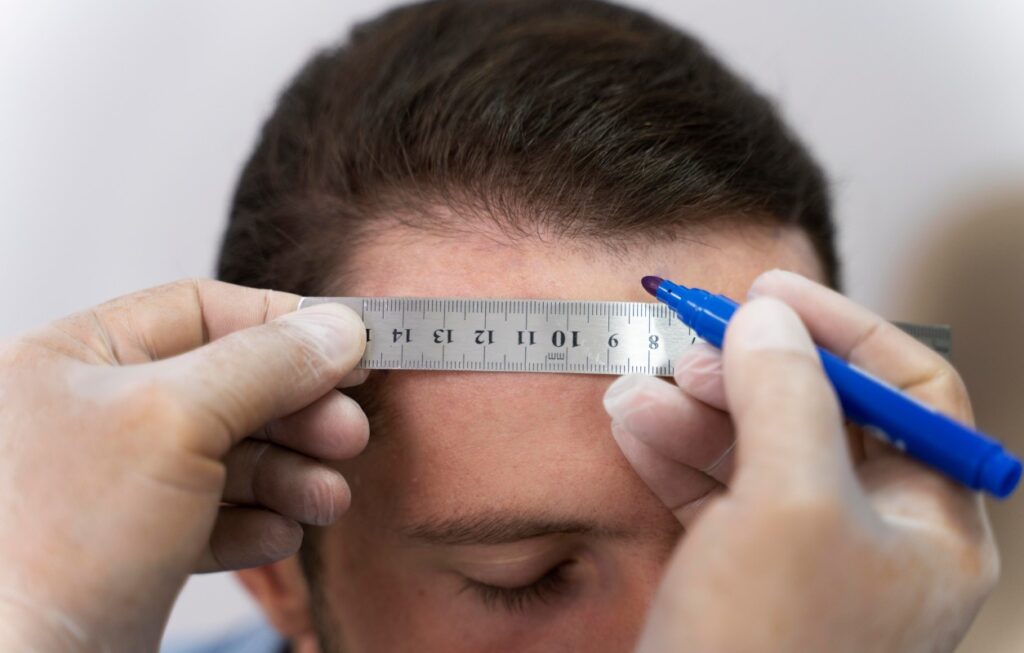Hair loss is a common concern that affects millions of people worldwide, leading many to seek solutions to restore their confidence and appearance. Among the various options available, hair transplant surgery has emerged as a popular and effective solution. Understanding the techniques used in hair transplants can help potential candidates make informed decisions about their treatment.
What is a Hair Transplant?
A hair transplant is a surgical procedure that involves moving hair follicles from one part of the body, known as the donor site, to an area with thinning or no hair, called the recipient site. The most common reason for hair transplants is androgenetic alopecia, commonly known as male or female pattern baldness, but it can also be used for hair loss due to injury, scarring, or other medical conditions.
Types of Hair Transplant Techniques
There are two primary techniques used in hair transplants: Follicular Unit Extraction (FUE) and Follicular Unit Transplantation (FUT). Each method has its unique processes and benefits.
- Follicular Unit Extraction (FUE)
FUE is a minimally invasive technique that involves extracting individual hair follicles directly from the scalp. Here’s how it works:
- Preparation: The patient’s scalp is cleaned and numbed with local anesthesia to ensure comfort during the procedure.
- Extraction: Using a specialized punch tool, the surgeon carefully extracts individual follicular units, typically containing 1-4 hairs. This process is meticulous and requires a skilled hand to minimize damage to the follicles.
- Graft Preparation: Once extracted, the follicles are stored in a nutrient solution to keep them viable until they are transplanted.
- Transplantation: The surgeon creates tiny incisions in the recipient area and implants the prepared follicles. The angle and depth of each graft are crucial for achieving a natural look.
- Recovery: FUE typically results in less scarring compared to FUT, as it leaves tiny dot-like scars that are less noticeable.
Advantages of FUE:
- Minimal scarring
- Shorter recovery time
- Less discomfort post-procedure
- Suitable for patients who prefer shorter hairstyles
- Follicular Unit Transplantation (FUT)
FUT, also known as strip harvesting, involves removing a strip of scalp from the donor area, usually the back of the head. The steps involved in this technique include:
- Preparation: Similar to FUE, the scalp is cleaned and anesthetized.
- Strip Removal: The surgeon removes a thin strip of scalp, which contains thousands of hair follicles. The length of the strip depends on the number of grafts required.
- Graft Dissection: The strip is then dissected into individual follicular units under a microscope. This requires precision and experience to ensure that the follicles remain intact.
- Transplantation: As with FUE, the follicles are implanted into the recipient area, following specific patterns to ensure a natural look.
- Recovery: The donor area is sutured closed, leading to a linear scar that may be concealed by surrounding hair.
Advantages of FUT:
- Can yield a larger number of grafts in a single session
- Typically more cost-effective for extensive hair loss
- The linear scar can be easily hidden with longer hair
Choosing the Right Technique
The decision between FUE and FUT largely depends on individual preferences, the extent of hair loss, and the surgeon’s recommendation. Factors to consider include:
- Scarring: If minimal scarring is a priority, FUE may be the better choice. For those who don’t mind a linear scar, FUT could be suitable.
- Hair Density: FUT may be more beneficial for patients needing a higher number of grafts in one session.
- Budget: FUE can be more expensive due to the labor-intensive nature of the procedure.
Post-Procedure Care
After a hair transplant, proper care is crucial for optimal results. Patients are typically advised to:
- Avoid strenuous activities for a few days.
- Keep the scalp clean and follow the surgeon’s instructions for washing.
- Use prescribed medications to manage discomfort and prevent infection.
Conclusion
Hair transplant techniques like FUE and FUT offer effective solutions for hair restoration. Understanding these methods, their benefits, and their limitations can empower individuals to make informed choices about their hair loss treatment. Consulting with a qualified surgeon is essential for tailoring the procedure to meet personal needs and achieving the desired results. Whether opting for FUE or FUT, a successful hair transplant can lead to renewed confidence and improved quality of life.



